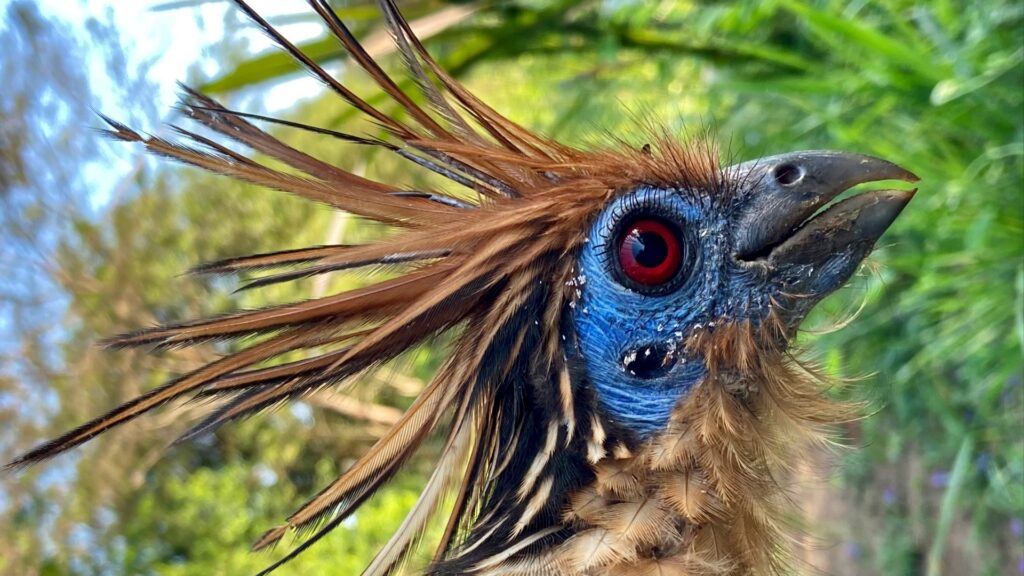
There are many captivating animals in nature and many of them employ appalling odors as a means of self-defense. These creatures use smells in order to repel enemies, entice potential mates, or advertise their territory. Their approach is truly extraordinary when it comes to making an impression. Below are the 10 smelliest animals in the world, along with general observations on the role of odor in the animal kingdom.
1. Skunk
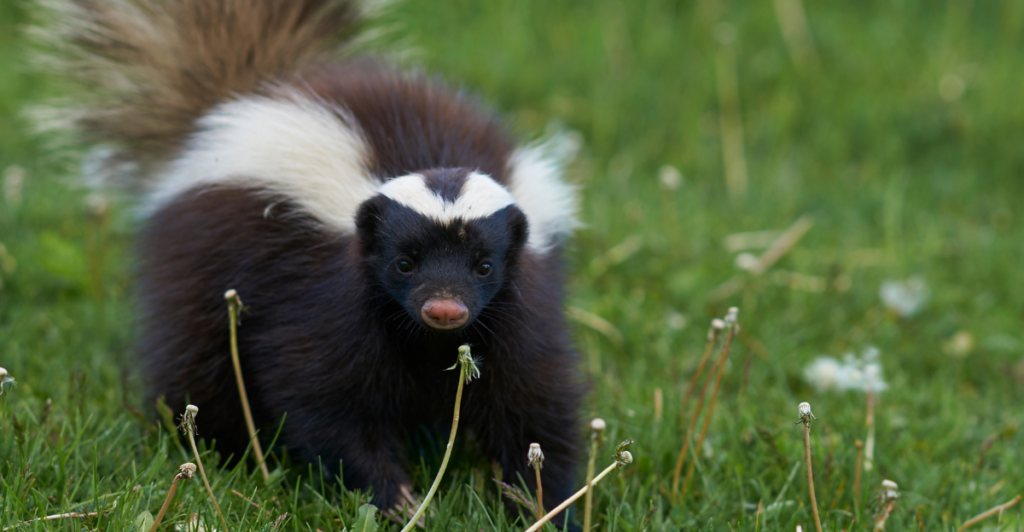
Skunk is one of the top contenders in the category of the world’s most pungent animal. A skunk’s spraying results in the emission of a chemical that is sulfurous in nature. This grants protection against many likely predators. Their odor can be sprayed accurately about 10 feet away from the skunk and can be smelled at even greater distances. The odor is so persistent that it clings to surfaces and victims for days. Combined with their iconic black-and-white markings, skunks use their smell as both a warning and a weapon.
2. Stink Bug
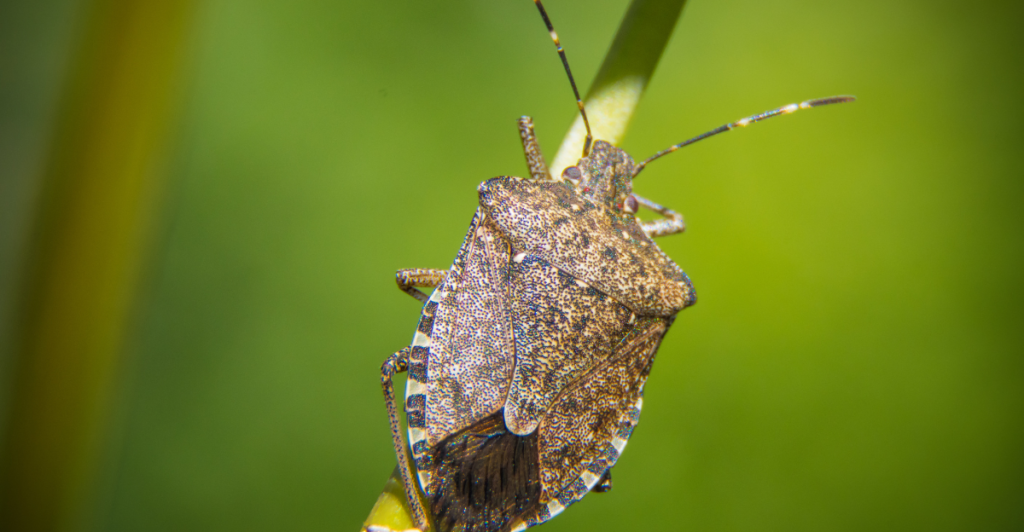
Stink bugs are known for their unpleasant odor. Found worldwide, these bugs release a smelly liquid from glands on their abdomen when they feel threatened. Stink bugs exude a strong smell that has been compared to the stench of rotten herbs mixed with moldy cilantro. Being extremely repelling, the smell is intended to scare off any potential predators, and for the most part, it works. Stink bugs can be a nuisance, especially when they invade homes and gardens. Even worse, humans sometimes smash these insects which only worsens the odor. All in all, it is safe to assume that smashing stink bugs would be one of the worst things you could do.
3. Wolverine
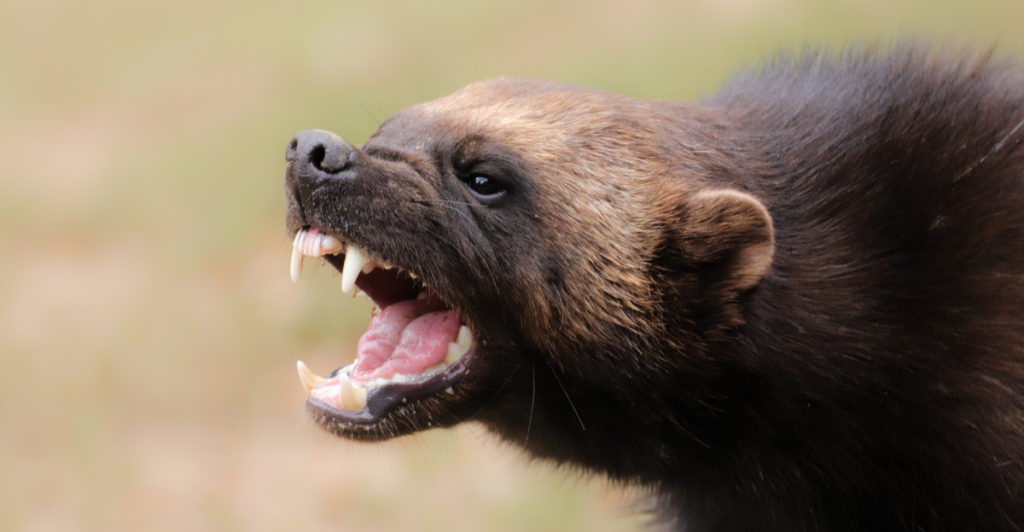
The Wolverine is often called the “skunk bear” for good reason. These fierce, solitary predators have scent glands that produce a powerful musky odor, which they use to mark their territory and ward off rivals. The smell also serves another clever purpose: Wolverines spray their leftover food caches with this musk, discouraging scavengers from raiding their meals. Known for their resilience and ferocity, wolverines use their potent scent as part of their survival arsenal in the wild.
4. Lesser Anteater (Tamandua)
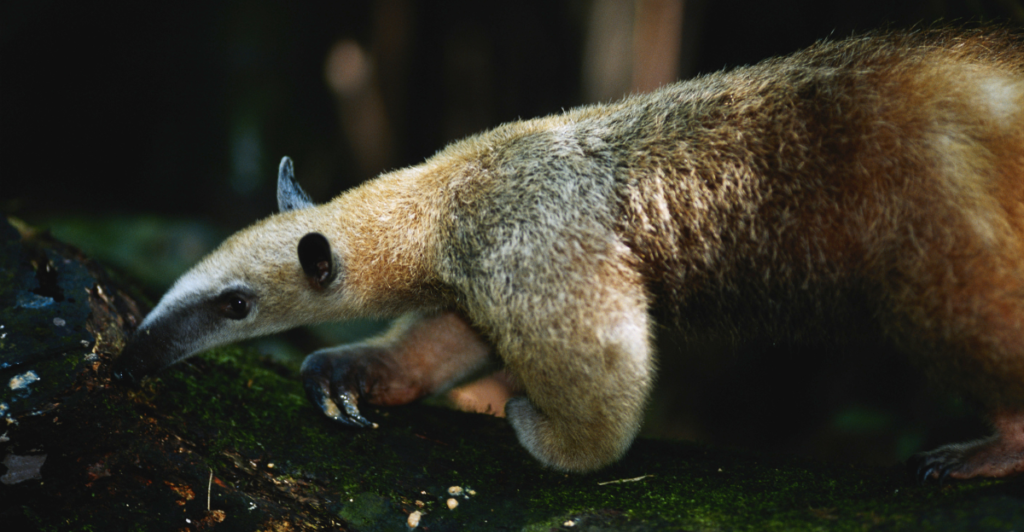
The tamandua which is a lesser anteater that resides in the forests of Central and South America has a remarkable smell which is said to be over seven times stronger than the skunk’s. This strong smell acts as a signal to the predators warning them that this anteater is tough and not an easy meal. However, tamandua is a non-aggressive animal that enjoys eating ants and termites. Although quite smelly, the creature plays a crucial role in the balance of its ecosystem.
5. Musk Ox
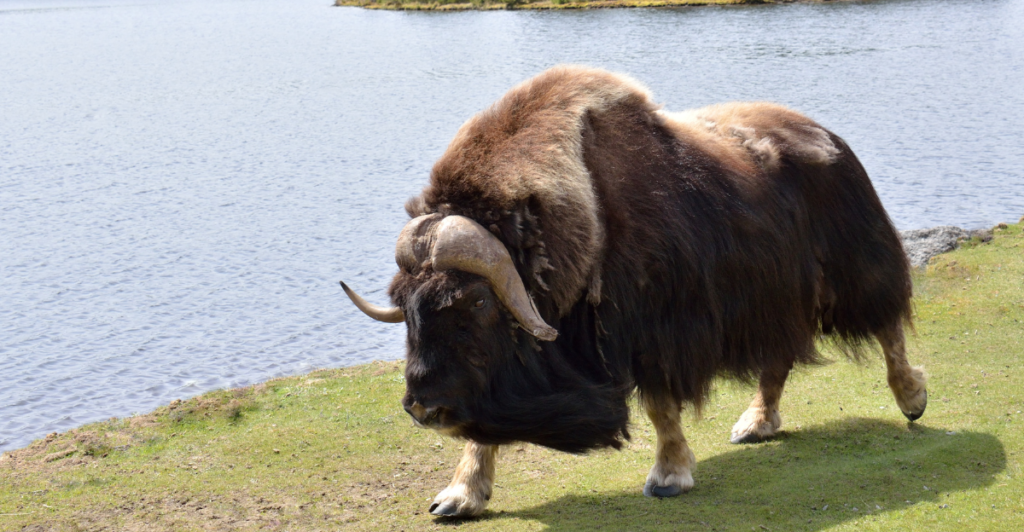
The musk ox is a rather big and hairy animal that thrives in the Arctic areas. Musk oxen have a tendency to produce an unpleasant smell during mating season. It is noted that male musk oxen urinate on their belly fur when mating season starts. In this way, the odor acts as a message for females and for other males. Humans interpret these odors unfavorably, but for musk oxen, they hold significant meaning during reproduction. The scent is so intense that it can linger on the animal for weeks, making it a defining characteristic of the species.
6. Bombardier Beetle
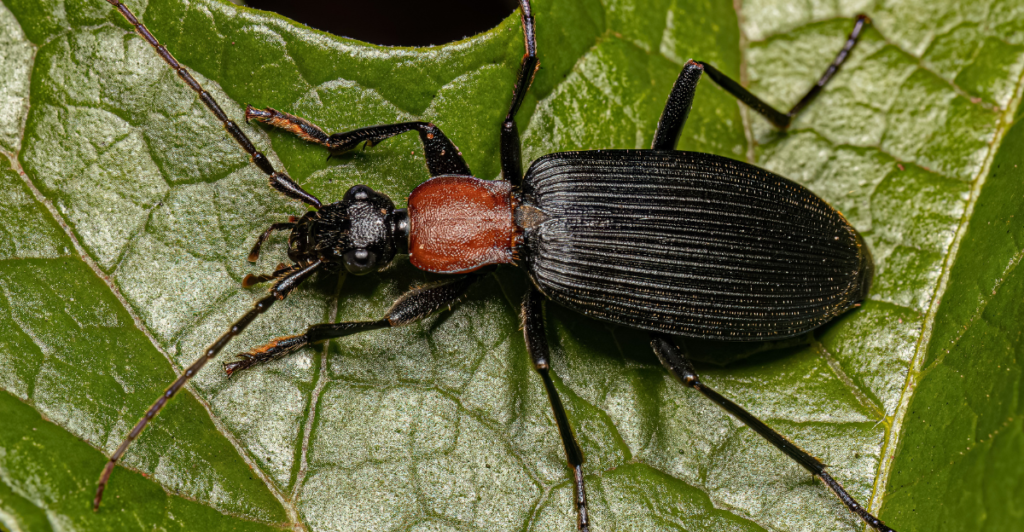
As a practitioner of biological warfare, the Bombardier beetle displays extraordinary artillery. The beetle releases an intense chemical that goes near boiling temperatures from its abdomen whenever it feels threatened. The exothermic reaction responsible for the spray is very intricate, which adds the Bombardier beetle to the list of natural engineering wonders. The combination of heat with stench guarantees that, in the natural environment, the beetle remains most of the time, off the menu to most of the predatory animals.
7. Striped Polecat
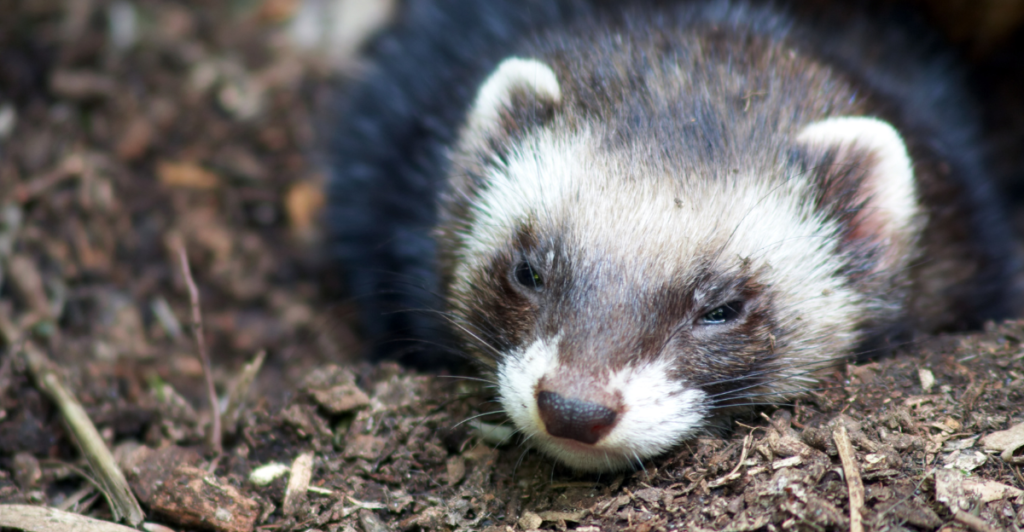
Often mistaken for skunks, striped polecats are native to Africa and are just as smelly, if not more so. When threatened, they release a noxious spray from their anal glands that can be smelled from half a mile away. The striped polecat’s black-and-white coat serves as a visual warning to potential predators, signaling that it is well-armed with a potent defense. Despite their small size, these animals can hold their own against much larger threats thanks to their powerful scent.
8. Hoatzin (Stink Bird)
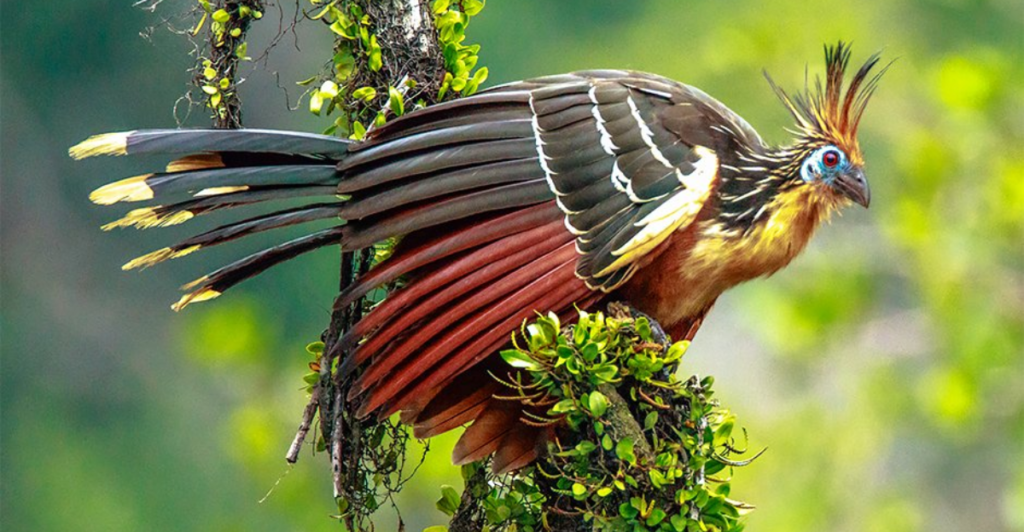
The hoatzin, or “stink bird,” is a unique species found in the swamps and mangroves of South America. Its odor, which resembles cow manure, comes from its specialized digestive system that ferments leaves. This process is essential for breaking down the hoatzin’s herbivorous diet but results in an unmistakable smell. Juvenile hoatzins also have clawed wings, adding to their prehistoric appearance. While their odor might deter predators, it also makes them less appealing to hunters, offering some protection in the wild.
9. Tasmanian Devil
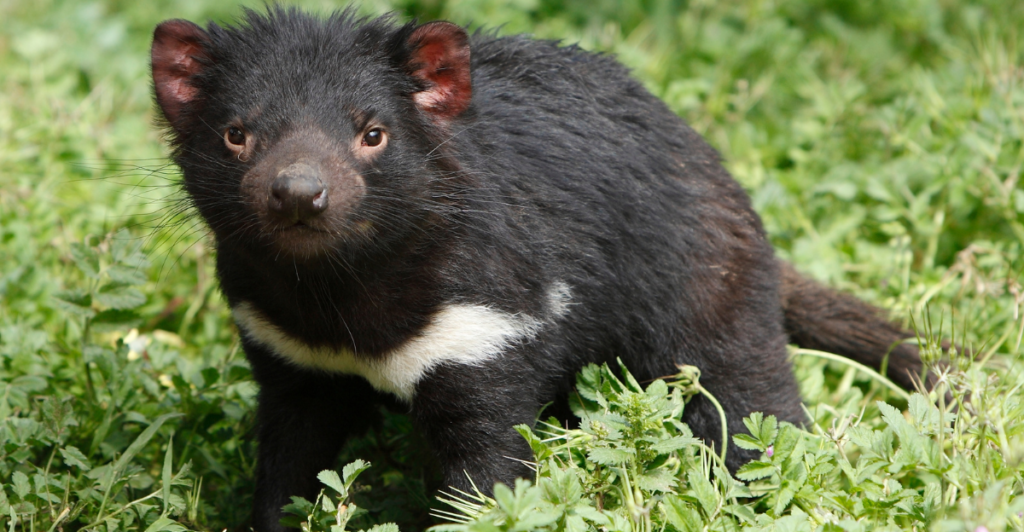
Tasmanian devils are known for their loud screeches and aggressive temperament, but their smell is equally noteworthy. When under stress or threatened, these animals emit a strong musky odor that serves as a deterrent to predators. Though they aren’t particularly smelly when calm, their stress-induced stench, combined with their ferocious behavior, makes them intimidating. Despite their fearsome reputation, Tasmanian devils play a crucial role as scavengers in their ecosystem, cleaning up carrion and maintaining balance.
10. Millipede
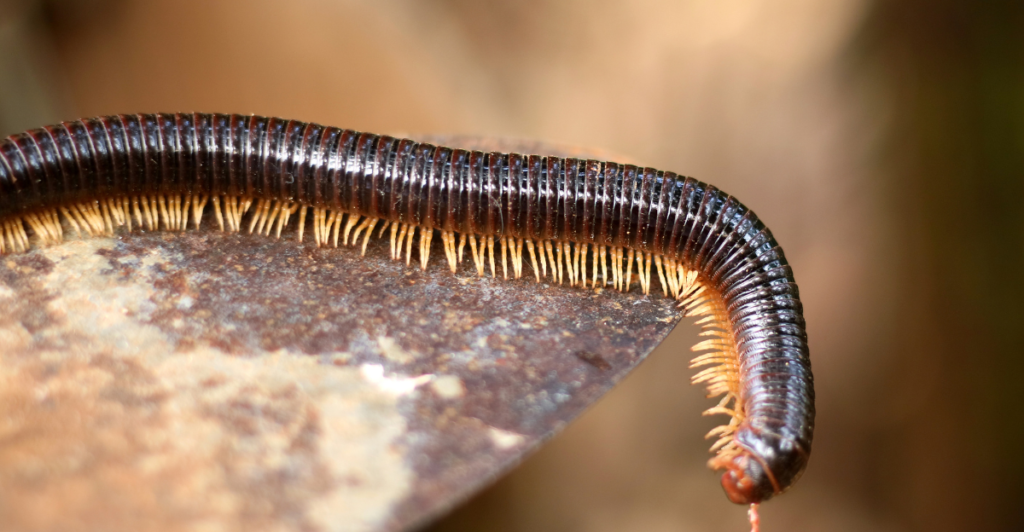
Millipedes may not look intimidating, but their chemical defense mechanisms are highly effective. Certain species secrete a foul-smelling liquid when threatened, which can include hydrogen cyanide—a substance toxic to many predators. The odor, combined with the toxicity, ensures that millipedes are left alone by most potential attackers. While their smell might not reach the same level of intensity as a skunk’s, it is more than enough to keep them safe in the wild.
Why Do Animals Use Smells for Survival?
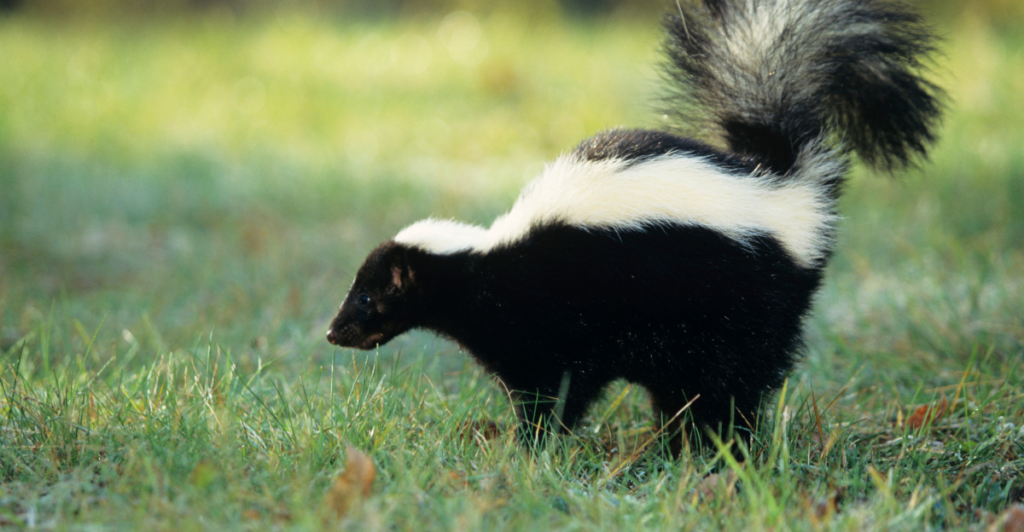
Animals use odors in various ways to ensure survival. For many, smell acts as an invisible shield, keeping predators at bay. For example, skunks rely on their stench as a last line of defense, while animals like the Wolverine use smell to claim territory. Odor is also a critical tool for communication, helping creatures identify members of their species or warn rivals. These adaptations show that while smells might be unpleasant to humans, they are vital to the survival strategies of many animals.
How Do Predators React to Strong Odors?
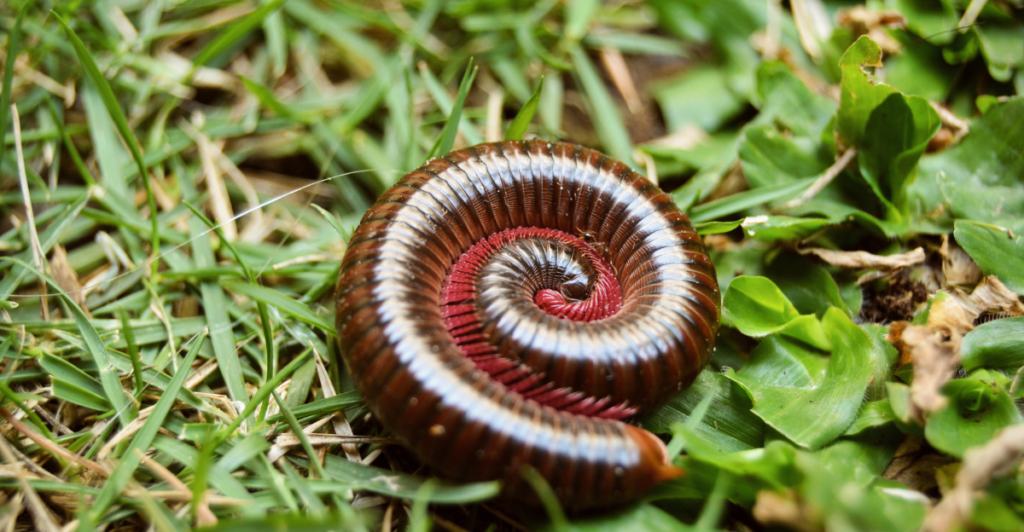
Predators often find strong smells overwhelming, which is exactly the point. Animals with potent scents use them to create an unpleasant experience that discourages predators from attacking. For example, a skunk’s spray can cause nausea and temporary blindness, while the millipede’s secretions can be outright toxic. The psychological and physical impact of these odors ensures that predators think twice before targeting these animals, proving that sometimes, the best defense is a good offense.
The Importance of Smell in Animal Behavior
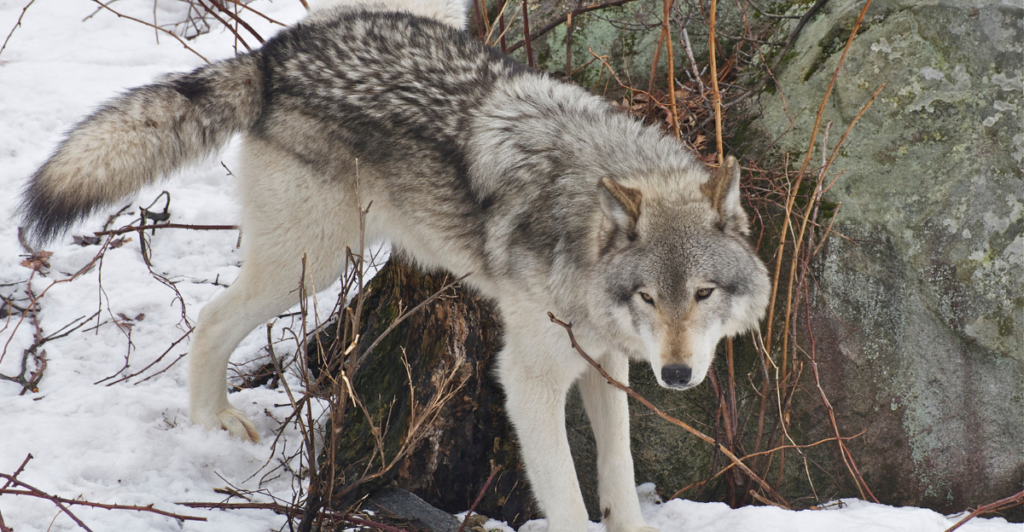
Odor plays a pivotal role in animal behavior beyond defense. Many species use smell to mark their territory, signal reproductive readiness, or establish dominance. Musk oxen rely on their scent to attract mates, while ants use pheromones to communicate with their colonies. The ability to produce and detect scents gives animals an edge in their environments, highlighting the diverse ways smell influences survival, reproduction, and social structures in the animal kingdom.
Discover more of our trending stories and follow us to keep them appearing in your feed

10 Biggest Mastiff Dog Breeds – Giants of the Canine World
11 Strongest Animals On Earth and Where to Find Them
12 Bold Animals That Have No Fear of Predators – Nature’s Underrated Fighters
10 Animal Species That Have Been Successfully Cloned – Should Scientists Go On?
Stay connected with us for more stories like this! Follow us to get the latest updates or hit the Follow button at the top of this article, and let us know what you think by leaving your feedback below. We’d love to hear from you!







